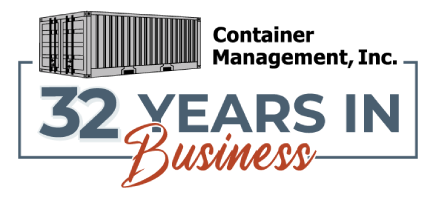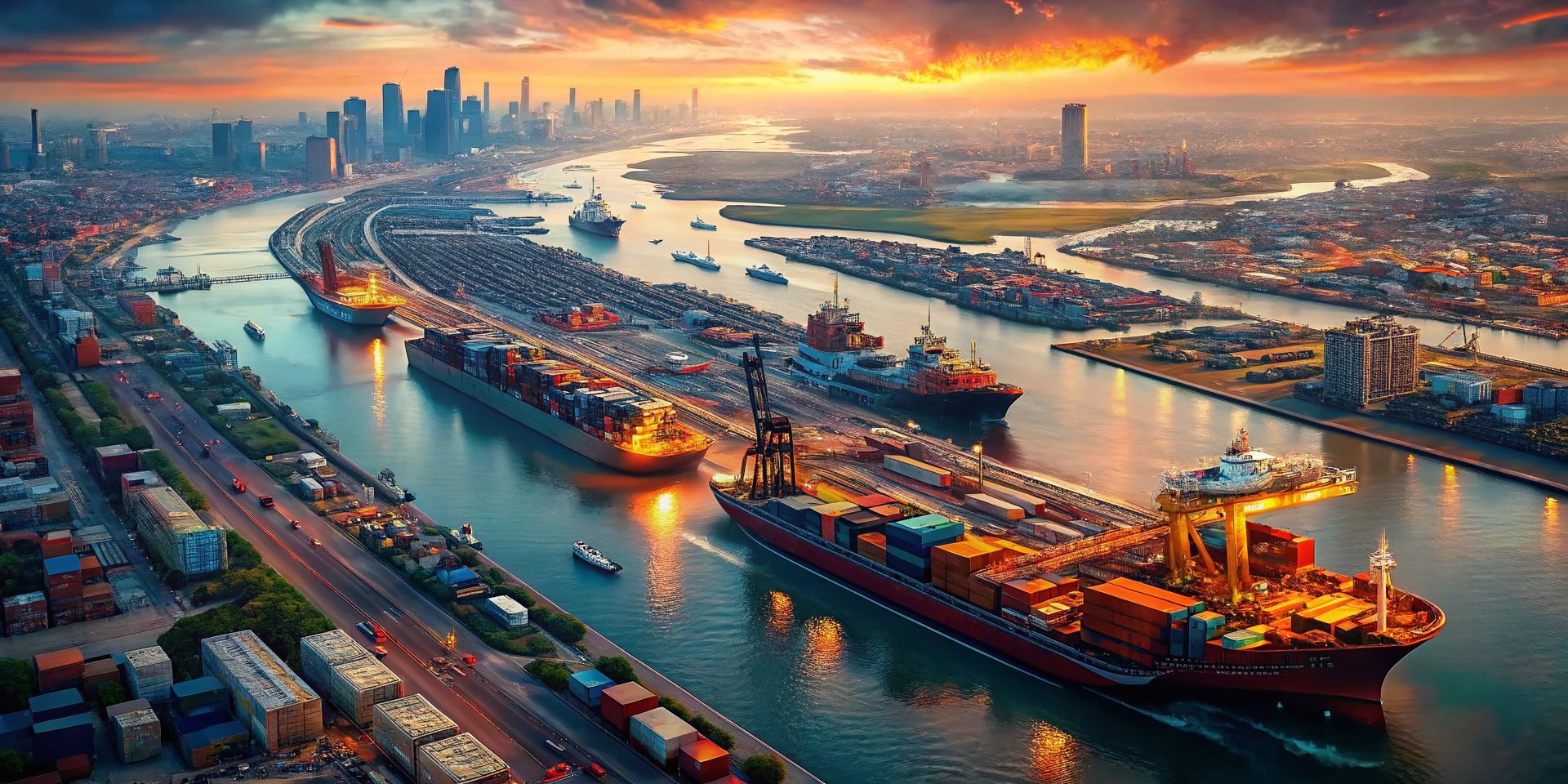Immediate Impact of China Tariffs on US Shipping Container Availability and Pricing
Written by Susan Nalevac | May 11, 2025
In This Article:
As one of the leading providers of new and used shipping containers in the US, Container Management, Inc. is committed to transparency in reporting on availability, pricing, and shipping container industry trends. We proactively inform our customers about market factors that may impact inventory levels and pricing. When inventory of goods is disrupted at any part of the supply chain, so are the prices and demands of the shipping container at the heart of it all.
Background on Tariffs and their impact on Steamship Lines:
Amid the escalating U.S. tariffs and proposed port fees targeting Chinese-built ships, steamship lines are reassessing their procurement strategies for shipping containers. China currently dominates the global production of shipping containers, accounting for approximately 95% of output.
These new U.S. trade policies are introducing significant financial considerations for carriers. Major shipping companies are exploring several strategies:
- Diversifying Supply Chains: Carriers are considering sourcing containers from manufacturers outside China, such as those in South Korea or Europe, to mitigate potential fees.
- Reevaluating Fleet Composition: Companies are assessing their fleets to determine the proportion of Chinese-built vessels and considering adjustments to minimize exposure to the proposed levies.
- Delaying New Orders: Some carriers are postponing or cancelling orders for new containers or ships until there is greater clarity on the implementation and impact of the proposed fees.
- Reducing service loops on Asia–U.S. routes by cutting vessel deployments and consolidating services. This move is aimed at aligning capacity with the sharp decline in demand, as U.S. imports from China dropped nearly 43% in late April.
- Reallocating container assets to regions with stronger demand.
- Holding used containers in their fleets to be used in the interim until there is greater clarity.
Reduced Availability of Shipping Containers:
All of the above measures result in a reduced availability of shipping containers in the US. In addition,
- The sharp increase in tariffs on Chinese goods - up to 145% on many imports - has led to a dramatic decline in containerized cargo arriving from China.
- Ports like Los Angeles and Long Beach are reporting a 33–50% drop in container volume compared to last year, with many sailings cancelled and importers revoking orders to avoid the steep tariffs.
- As a result, US resellers are seeing fewer new and used containers entering the country, immediately tightening supply.
Rising Prices for Containers:
- The cost of importing new, "one-trip" containers from China and other high-tariff countries has surged, as the tariffs are directly added to the purchase price.
- Ocean freight rates have also increased significantly due to global disruptions, compounding the price hikes for containers.
- These costs are passed on to US wholesalers, and, ultimately, to end buyers, leading to higher prices across the board for both new and used containers.
Market Ripple Effects:
- The immediate squeeze on supply and rising prices is leading to shortages and longer lead times for buyers, especially those needing a large volume of containers for industrial or construction purposes.
- Local resellers may benefit from increased demand for their existing inventory, but face challenges restocking at reasonable prices.
- Certain geographies may eventually face serious shortages. If decreased trade volumes persist, containers could become unavailable in key logistics hubs for extended periods.
Summary Table:
| Factor | Immediate Impact |
|---|---|
| Container Availability | Sharp decline; fewer new units from China |
| Container Pricing | Significant increase due to tariffs & freight |
| Used Container Demand | Surging |
| Lead Times | The weight of the empty container. |
Recommendations for Customers:
- Act now: If your business depends on container availability, now is the time to secure stock. Delays could mean paying more — or worse, being unable to source containers at all.
- Build a Relationship with your Container provider: Tariffs may shift again later this year, especially as global trade discussions continue. Businesses that prepare early, build relationships with local suppliers, and move quickly on available stock will be in a stronger position.
- Monitor Pricing: With some suppliers already raising prices, market indicators show that prices are trending to increase as inventory reduces.
- Plan for Longer-Term Disruption: This may not be a short-lived blip. Ongoing trade tensions, tariffs, and logistical hurdles suggest a prolonged period of market volatility.
If you need advice on how to source containers in this environment or want more details on regional impacts, let us know! Call us at 708-639-4992 or visit our website at https://www.containermgt.com
We stock Wind and Watertight units; Used - Cargo Worthy containers, New One-Trip containers, and we have fabrication facilities at some of our locations to customize your containers to meet your specific needs. We provide a professional shipping container delivery service to any home or business site in the US. Our network of transportation companies is one of the best in the industry.





